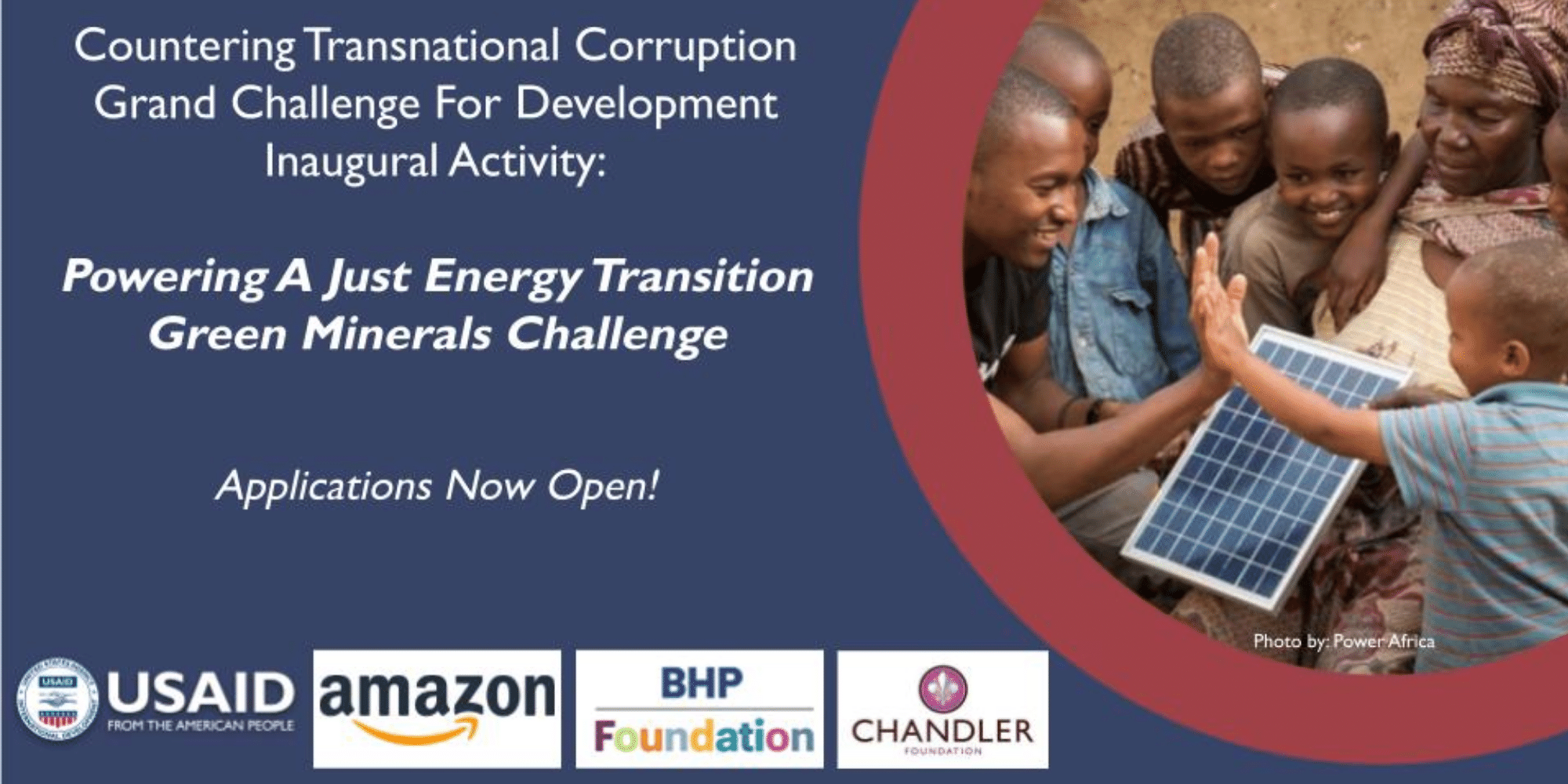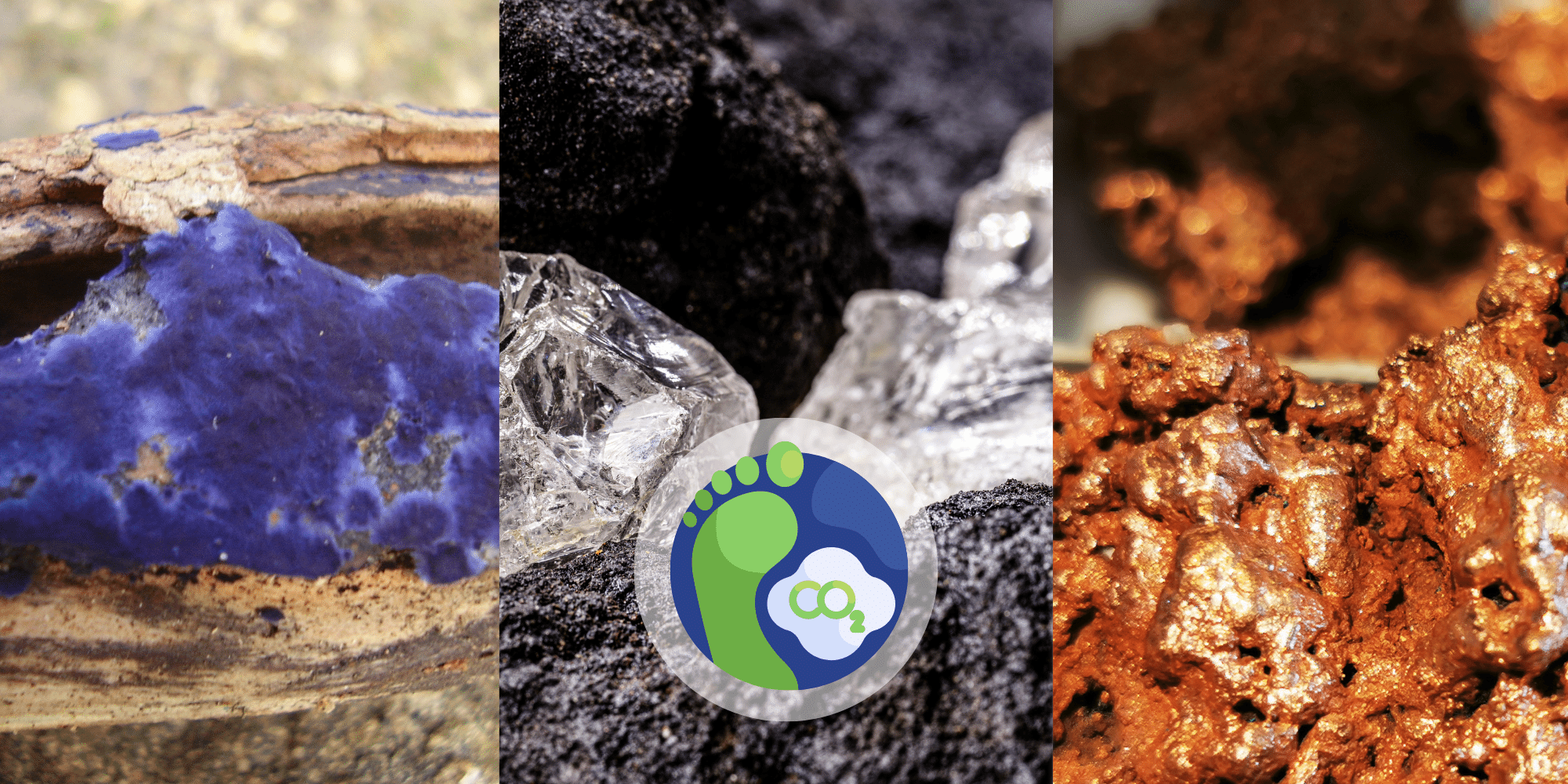The world’s transition to a low-carbon future is underway.
But remaking a new world energy system based on renewables -- wind, solar, geothermal, nuclear and battery energy storage systems -- comes with its own challenges.
In an article in Nature, scientists warned that “a transition to a low carbon society, [is] a change that will require vast amounts of metals and minerals. Mineral resourcing and climate change are inextricably linked, not only because mining requires a large amount of energy, but also because ‘the world cannot tackle climate change without adequate supply of raw materials to manufacture clean technologies.’”
As the world steps up its demand for green minerals, there is a growing recognition that a more sustainable and equitable approach to mining operations is needed to avoid the calamitous effects of unsustainable practices and corruption that have plagued both mining and the global energy industry in the past.
Green mining relies on newer, more eco-friendly technologies, practices, and policies to reduce the environmental footprint of mining and ensure that minerals are produced and supplied responsibly and ethically. Strategies include considerations of ownership and production; impact assessments on local communities and ecosystems; and approaches that avoid resource depletion and reduce corruption.
Resonance Joins Partners in Implementing USAID JET Minerals Challenge
Last month, Management Systems International (MSI), a Tetra Tech Company, announced a partnership with Resonance on a U.S. Agency for International Development (USAID)supported project to address the challenges of green energy, counter corruption and strengthen integrity across green minerals supply chains.
The MSI-Resonance project is part of USAID’s Countering Transnational Corruption Grand Challenge for Development, Powering A Just Energy Transition Green Minerals Challenge (JET Minerals Challenge), which was announced in November at the COP27 in partnership with Amazon, BHP Foundation, and Chandler Foundation.
The JET Minerals Challenge is an open, worldwide call for proposals designed to “incentivize the development, application, and scaling of innovations that root out corruption in green mineral supply chains to fulfill the promise of an inclusive, sustainable, and just clean energy future.”
Applications for this Grand Challenge are open through January 9, 2023. Follow this LINK for more information and to apply.
Three Billion Tons of Green Minerals
To understand just how much raw materials will be needed to power the green revolution, consider this: The amount of lithium needed in 2050 for low-carbon energy systems is estimated to be 965% more than the total global lithium production in 2017.
Other minerals, like cobalt, copper, cadmium, and rare earth elements (REE), will also be mined in abundance for use in solar photovoltaics, batteries, electric vehicle (EV) motors, wind turbines, fuel cells, and nuclear reactors.
While mineral production will be affected by future clean energy innovations, a mineral such as copper, which is used to generate solar, hydro, thermal and wind power, is likely to remain in great demand.
A Report from The World Bank estimates that the production of cobalt, graphite and lithium could increase by nearly 500% by 2050 to meet the growing demand for clean energy technologies. The World Bank Report also estimated that more than three billion tons of green minerals and metals will be needed “to deploy wind, solar and geothermal power, as well as energy storage, required for achieving a below 2°C future.”
Green Minerals and Indigenous Communities
Deposits of green minerals are largely concentrated in China (which has the largest quantity of clean energy minerals in the world). Russia and developing countries, such as Peru and the Republic of Congo (DRC).
Many of these mineral-rich countries have weak labor and environmental policies.
For example, Chile is the top producer of copper, followed by Peru, China, and the DRC, countries which have been associated with human rights violations related to mining in the past, including child labor, polluted drinking water, lands rights abuses and displacement of indigenous communities.
One ongoing problem relates to ownership over mineral deposits, especially in areas owned or occupied by Indigenous people with long ancestral ties to the land. Privatization of minerals and water, a practice that gives companies ownership over resources in an area, has been common. Companies can move in, extract the resources, pollute water and strip the soil in the process, and move on. As a result, local communities see little economic benefit, and rarely receive adequate compensation or clean-up assistance after mines close.
Over the past decade, international awareness of the rights of Indigenous people to control their land and resources has grown. But more needs to be done to ensure these rights are upheld at the regional and local levels.
Advancing and strengthening indigenous peoples’ rights over their lands, territories and natural resources is critical for establishing a green materials sector. It will also contribute to poverty reduction and the preservation of indigenous cultural systems.
Sustainable Mining and Green Supply Chains
The principles of green mining increase the ability of developing countries to reap the economic benefits of their geological resources while practices that can lead to more sustainable mining include: the use of lower-impact and less water-intensive techniques; reducing, recycling and reusing mining waste; rehabilitating mining sites; minimizing the impact on biodiversity; and improved regulation.
Due diligence and analyses of materials flows can ensure the integrity of a green minerals supply chain by tracking the movement of minerals and metals from end to end: the extraction of raw materials, refining and processing, clean energy component manufacturing, use, recycling and finally, disposal. An understanding of worldwide energy consumption patterns and a commitment to materials recycling and repurposing from both companies and consumers are also key to success.
In the end, international agreements, global resource governance and stakeholder considerations throughout the supply chain are needed to avoid the mistakes of the past and secure a clean energy, low carbon future.
USAID Grand Challenges and Resonance Implementation
Resonance's background as an on-the-ground, in-the-field implementing firm has given our teams strong capabilities in designing, implementing, and managing partnership-based innovation competitions and challenges like those supported by USAID.
“Open innovation challenges, like USAID’s Grand Challenges for Development, have been proven pathways to moving ideas forward to tackle complex problems that are hindering development and positive societal impact,” said Resonance Chief Innovation Officer Steve Schmida.
As Schmida notes in his book, Partner with Purpose, one of these strengths integral to successful, scalable initiatives is understanding, cultivating, and engaging local networks and innovation ecosystems, relying often on not only deep resource mapping, but also cultural intelligence.
“Resonance is committed to utilizing our capabilities, in collaboration with those of our partners, to help galvanize new voices and spur and scale new innovations that will help address the systemic problem of transnational corruption and its wide-ranging effects,” he added.



